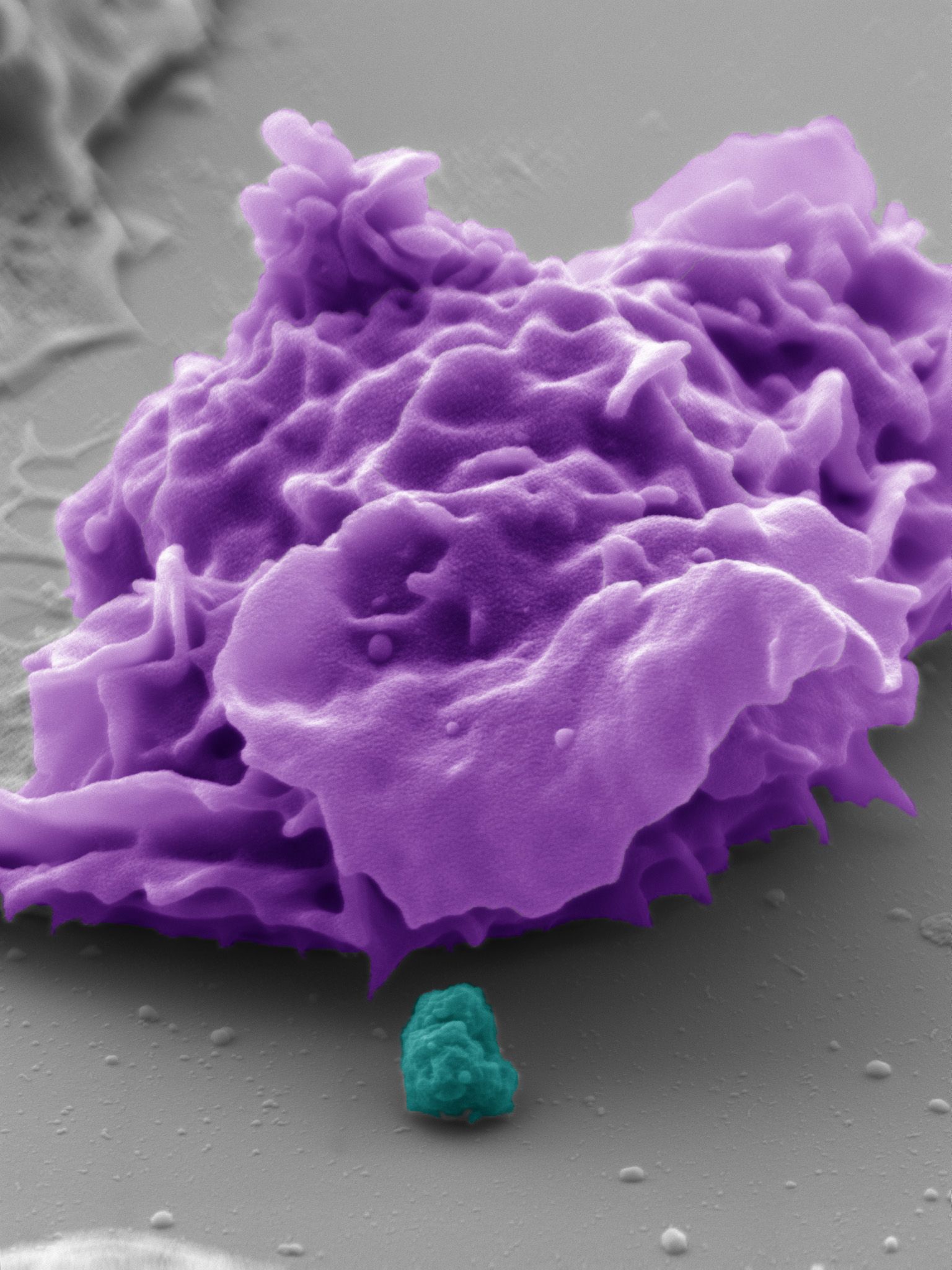
Recent development of the human immune system
Scientists at the University of Konstanz identify fierce competition between the human immune system and bacterial pathogens
Cell biologists from the University of Konstanz shed light on a recent evolutionary process in the human immune system and publish their findings in the scientific journal “Current Biology”. Facilitated by public genome data this work provides evidence that genetic alterations in the receptor molecule CEACAM3 are linked to the ability to defend against particular pathogenic microbes.
Like professional burglars for their clandestine activities, bacterial pathogens also need the right tool set to sneak in and establish themselves in our bodies. In this regard, some microbes are extreme specialists that infect only a single host organism. This small group includes the gonococcus and the pathogen Haemophilus influenzae, which are found only in humans. Both these pathogens share the ability to outmanoeuvre various defence mechanisms of the human body in order to attach themselves to the mucous membranes.
As recent work from the laboratory of Professor Christof Hauck, cell biologist at the University of Konstanz, now shows in the scientific journal “Current Biology”, our body is not helpless against these highly specialised bacteria either. A receptor, which specifically recognizes and destroys pathogens such as gonococci, is found on phagocytes of our immune system. Surprisingly, this specialized pathogen detector, named CEACAM3, exists only in humans and in our closest relatives in the animal kingdom, such as chimpanzees, gorillas and rhesus monkeys: Jonas Adrian and Patrizia Bonsignore from Christof Hauck’s group screened the genomes of various primate species for the presence of CEACAM3. They could find a CEACAM3-like receptor only in more highly evolved apes, but not in lemurs or other basal monkeys. Read more...
